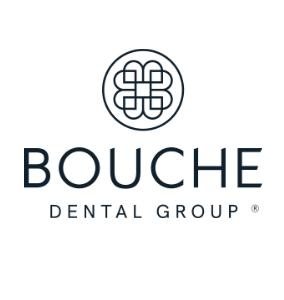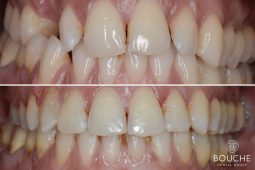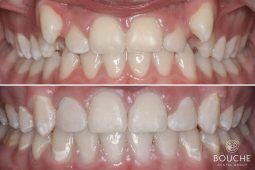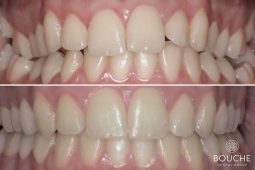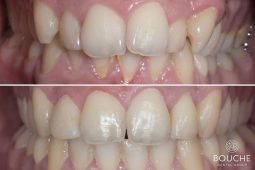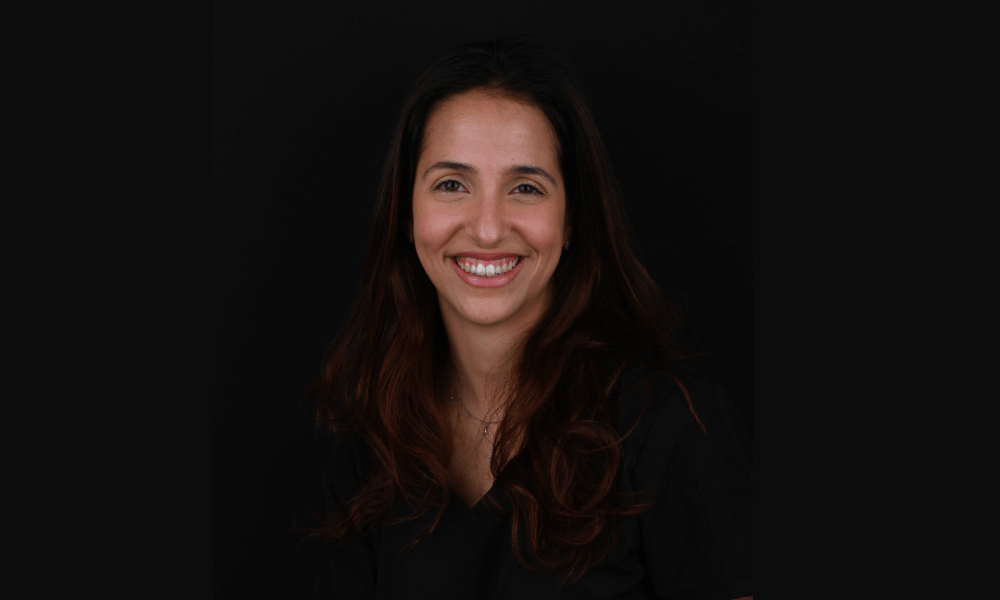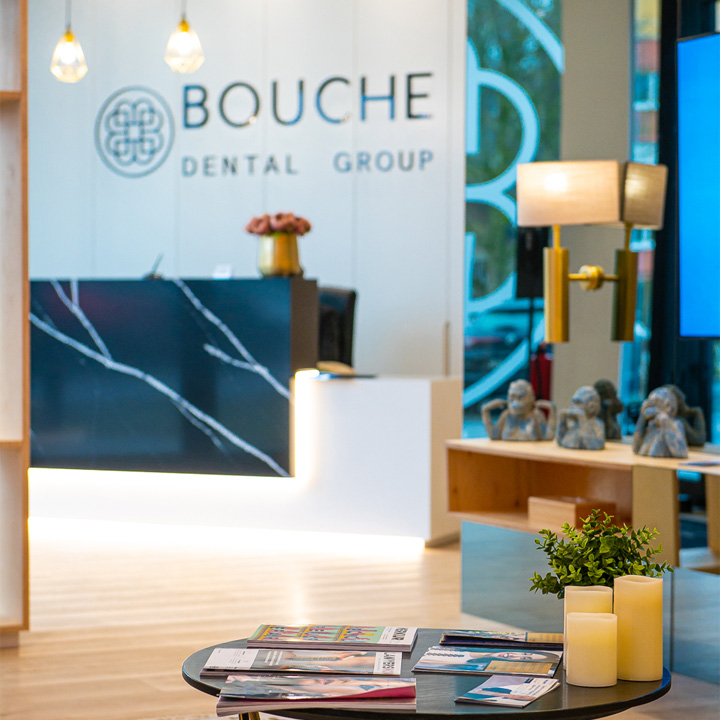Orthodontics is a dental specialty which studies, prevents and corrects alterations in development, the shapes of the dental arches and the position of the jaws in order to restore the morphological and functional balance of the mouth and face, also improving facial aesthetics.
The aim of orthodontics is the mobility of the teeth seeking occlusal nor-malignment (the masticatory surface), or the displacement of the whole set of teeth (dental arch), above all to correct functional masticatory disturbances. Occlusion is based on the contact relationships between the teeth of the different arches (i.e. between the upper and lower teeth).
Corrective treatment is mainly aimed at correcting a consolidated malocclusion. Three main types of appliances are used for this type of treatment:
Clinical Cases
Learn more about some of the clinical cases carried out by the network of doctors we collaborate with.
Functional orthodontics appliances
Functional appliances refer to a variety of removable appliances designed to alter the position of the various muscle groups that influence the function and position of the jaw to expansively influence its development.
They are generally recommended during primary or mixed dentition. They are appliances which initially only make functional modifications, but which later lead to structural changes.
The functional appliances change and transform the direction and intensity of the muscular forces and produce the displacement of the teeth. The effects of these appliances are the tipping of the teeth and changes in the bone that supports the teeth.
Removable orthodontics appliances
These are appliances that can be removed by the individual for cleaning, but are firmly attached to the teeth when fitted.
These appliances apply controlled pressures to the teeth to be moved through the action of mechanical elements.
These forces are entirely artificial or mechanical, and act directly on the teeth, having nothing in common with the forces created by the action of the muscles which participate in the functions of chewing, swallowing and phonation, among others.
Removable appliances are very useful for jaw expansion, especially of the upper jaw, namely for the correction of “crossbites” and slight crowding, when expansion is indicated, as well as for very specific dental movements.
The transparent aligners (Invisalign) are also removable by each person, allowing for more comfortable eating and brushing of the teeth. They are effective and discreet orthodontic appliances and have been one of the great trends in the world of aesthetic dentistry.
Fixed orthodontics appliances
This is orthodontics formed by the combination of brackets, metal or ceramic elements bonded to the teeth and metal arches which pass through them. Fixed appliances have the ability to move each tooth individually in any direction, which is not the case with other appliances.
To achieve precise results, fixed appliances require meticulous technique through the precise placement of bands and cemented brackets on each tooth, as well as a series of sophisticated archwires to achieve the required positioning according to the treatment plan.
These appliances are recommended in cases where there is dental malposition, rotated teeth, to close spaces, and all kinds of movements at the same time.
The brackets can be visible, like the metal ones, or aesthetic like the ceramic ones, which are translucent or transparent and adhere to the external surface of the teeth, taking their colour. They can be placed on the external or internal side of the tooth (lingual orthodontics).
Orthodontic treatment with a fixed orthodontic appliance may be associated with an increase in gum inflammation and gum bleeding, among other conditions, since oral hygiene is more difficult to perform (especially in the interproximal areas). Therefore, people who are going to start orthodontic treatment should have a good periodontal state and continuous follow-up throughout the treatment.
An integral part of orthodontic practice should be a structured oral hygiene programme that includes a detailed explanation of the relationship between plaque and inflammation, dietary advice, training in the techniques and products available for plaque removal and finally monitoring the effectiveness of these products as they are used throughout the treatment period.
During orthodontic treatment, it is essential to pay special attention to oral health, brushing the teeth and appliances correctly with products specifically for orthodontic users.
How long does orthodontic treatment last?
Treatment time depends on several variables, according to the complexity of each case: whether it is just a case of alignment and levelling, whether it is a case involving not only dental but also skeletal involvement, the age of the person is a relevant factor, periodontal involvement and commitment affect treatment time, the collaboration and motivation of the individual is decisive, as well as oral hygiene, which must be very well controlled.
One can, however, predict that orthodontic treatments last between 18 and 24 months. But there are treatments lasting less than 12 months, as well as those lasting more than 24 months.
Why do I have to wear a retainer at the end of the treatment?
Depending on each case, treatments can be more or less stable. There is always the risk of relapse (the teeth tend to return to their initial position) or of teeth moving in relation to the surrounding musculature and the contacts between them.
The use of retainers ensures that the final result of the treatment is not lost, and the amplitude of the smile that was achieved with orthodontic treatment is maintained.
I have old crowns, dental implants and a removable prosthesis due to missing teeth. Can I have orthodontic treatment?
Yes, you can. All people, who are not totally edentulous, can have orthodontic treatment. Each case has to be properly analysed and diag-nosed to plan the orthodontic treatment in the most correct and rigorous way.
Find your Dentist
Discover the network of doctors with whom we collaborate.
